NEWS
Bhutan Foundation Documents 20 Buddhist Heritage Sites in Bumthang District
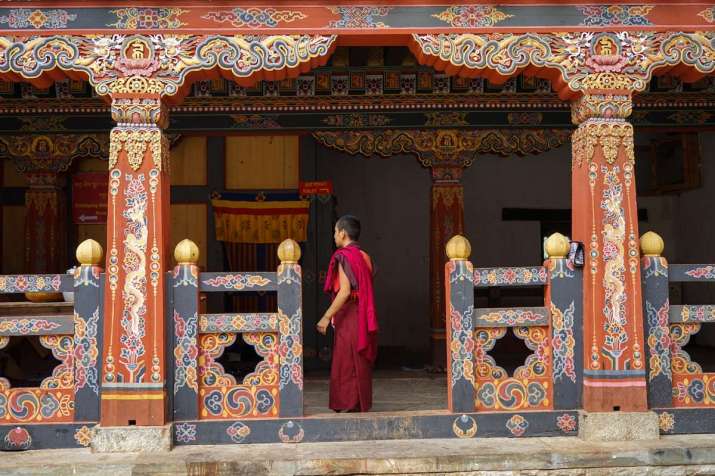 Image courtesy of the Bhutan Foundation
Image courtesy of the Bhutan FoundationThe Bhutan Foundation has reported that its ongoing project to document and conserve Buddhist heritage sites across the Himalayan kingdom has successfully surveyed 20 sites in the northern district of Bumthang—some dating to as early as the seventh century with connections to Buddhist masters and of religious and historical significance.
“Recently, a team of 10 experts, architects, and researchers led by the senior architect from the Department of Culture were in Bumthang District to carry out a thorough site survey and inventory of heritage sites in the district,” the Bhutan Foundation explained, adding: “The team includes three female researchers.” (Bhutan Foundation)
The Department of Culture, under Bhutan’s Ministry of Home and Cultural Affairs, is the principal state agency managing heritage sites. The project is being implemented in cooperation with monastic representatives from local monasteries, government officials, and community leaders, and with support from the US Ambassadors Fund for Cultural Preservation (AFCP).
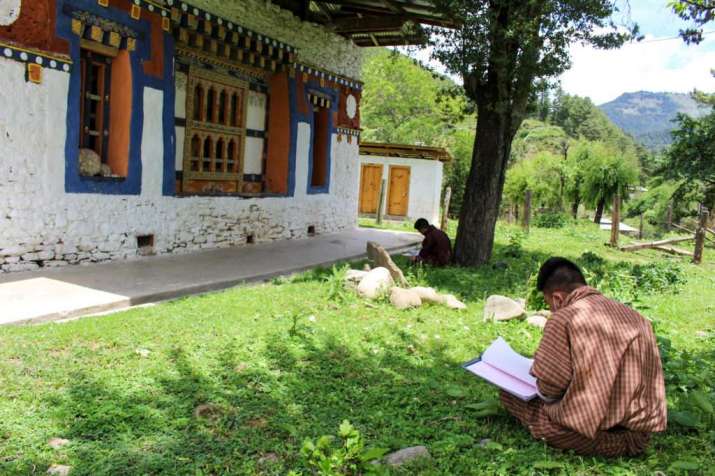 Image courtesy of the Bhutan Foundation
Image courtesy of the Bhutan Foundation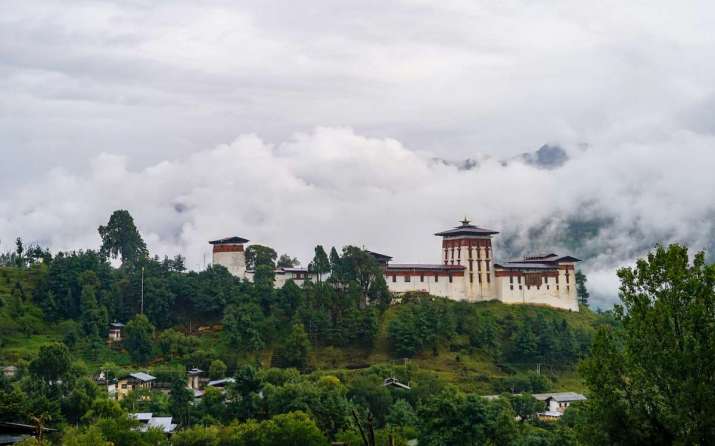 Image courtesy of the Bhutan Foundation
Image courtesy of the Bhutan Foundation“The surveyed sites included 20 heritage sites in the district. Some heritage sites were built in the seventh century. Many sites are associated with ancient Buddhist masters and hold important religious and historic significance to the district and the country,” the foundation said. (Bhutan Foundation)
The project, which currently encompasses 54 sites three districts, is aimed at developing a heritage sites database as a digital resource to help preserve the precious sites and document their histories. The initiative includes training government officials and young professionals in cultural heritage documentation and protection.
“Most of the heritage sites not documented face the imminent threat of losing important information of the sites, or destruction,” the foundation noted. (Bhutan Foundation)
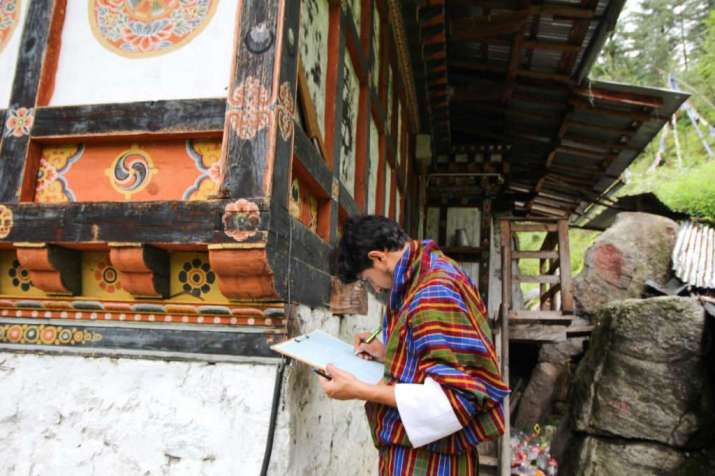 Image courtesy of the Bhutan Foundation
Image courtesy of the Bhutan Foundation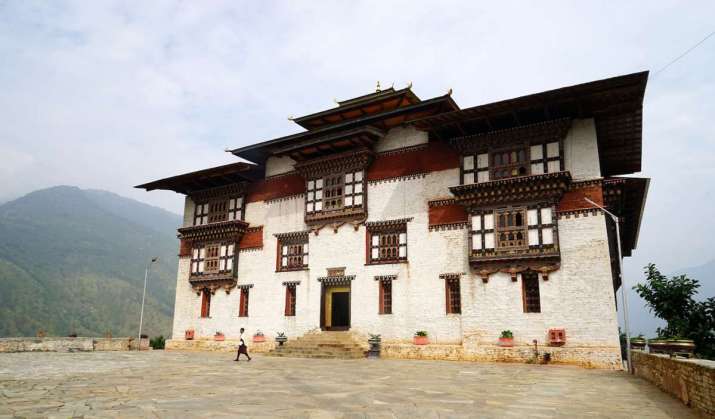 Image courtesy of the Bhutan Foundation
Image courtesy of the Bhutan FoundationOriginally founded in 1986 and relaunched 2002, the Bhutan Foundation operates via offices in the Bhutanese capital Thimphu and Washington, DC, with a stated mission to “support the people of Bhutan to reach their full potential by developing local capacity and facilitating global support.” The foundation operates four programs focusing on: environmental conservation, sustainable development, cultural preservation, and good governance, aiming to serve the people of Bhutan in living and sharing the principle of Gross National Happiness through training and access to global expertise, new technologies, and resources.
“The Department of Culture [plans] to develop a comprehensive inventory database system of heritage sites in Bhutan,” the foundation observed. “The project, funded by the US Ambassador’s Fund for Cultural Preservation, covers 54 selected sites in Bumthang, Mongar, and Trashigang districts. Similar onsite documentation is scheduled to be carried out in Mongar District in coming months.” (Bhutan Foundation)
Bhutan is perhaps best known for its sustainable approach to environmental stewardship, and for prioritizing Gross National Happiness (GNH) over the shortsighted acquisitiveness of unrestrained economic growth. The remote kingdom has achieved international renown for its GNH philosophy, first introduced in the late 1970s by Bhutan’s fourth king, Jigme Singye Wangchuck, who drew inspiration from the kingdom’s traditional Buddhist culture. While not opposed to material development or economic progress, GNH eschews the widespread view of economic growth as the ultimate good, instead seeking to cultivate a holistic approach to balanced development and societal well-being, emphasizing sustainability, conservation, and translating cultural and social priorities into developmental goals with the aim of creating a happier, more equitable society.
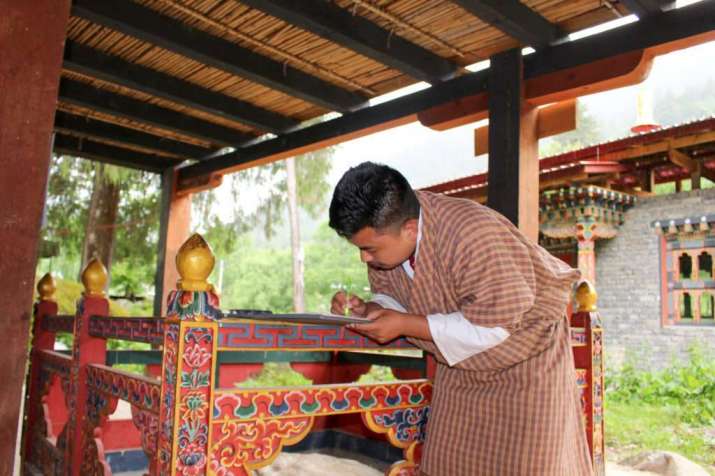 Image courtesy of the Bhutan Foundation
Image courtesy of the Bhutan Foundation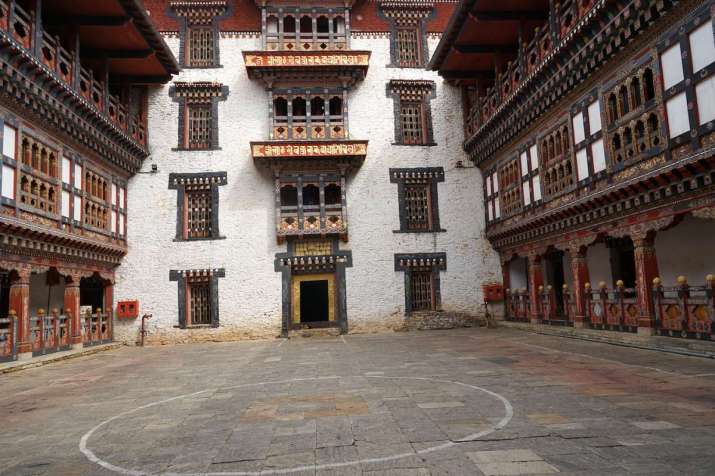 Image courtesy of the Bhutan Foundation
Image courtesy of the Bhutan Foundation“With rapid infrastructural development in Bhutan, significant projects have been implemented and have impacted both tangible and intangible cultural heritage,” the Bhutan Foundation remarked. “The inventory and database system of heritage sites is a fundamental need to preserve ancient heritage sites. With the absence of a proper database and inventory of cultural heritage sites, Bhutan faces a huge challenge in protecting the cultural heritage, particularly in the phase of rapid socio-economic development.” (Bhutan Foundation)
Remote, landlocked, and perched in the rarified air of the eastern Himalaya, sandwiched between two political and economic heavy hitters India and China, Bhutan is the world’s last remaining Vajrayana Buddhist country. The ancient spiritual tradition is embedded in the very consciousness and culture of this remote land, where it has flourished with an unbroken history that dates back to its introduction from Tibet by Padmasambhava, also known as Guru Rinpoche, in the eighth century.
Most Bhutanese—about 75 per cent of a population of some 770,000 people—are Buddhists. The majority of the remaining 25 per cent, mainly people of the Lhotshampa ethnic group of Nepalese descent, practice Hinduism. Most of Bhutan’s Buddhists follow either the Drukpa Kagyu or the Nyingma schools of Vajrayana Buddhism.
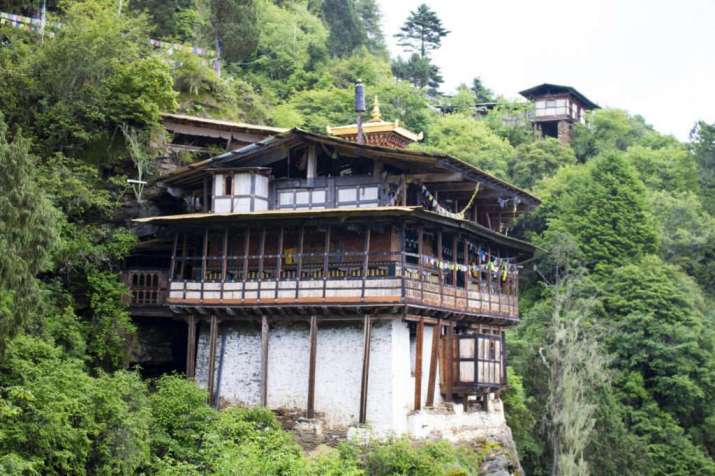 Image courtesy of the Bhutan Foundation
Image courtesy of the Bhutan FoundationSee more
Bhutan Foundation
Documentation of Heritage Sites (Bhutan Foundation)
Survey and Inventory of 20 Heritage Sites Completed in Bumthang (Bhutan Foundation)
Ambassadors Fund for Cultural Preservation (AFCP) (U.S. Embassy and Consulates in India)
Related news reports from Buddhistdoor Global
Bhutan Nuns Foundation Announces Opening of the Training & Resource Center for Buddhist Nuns
India Presents Buddha Statue to Bhutan on the Birth Anniversary of Padmasambhava
In Historic Move, Himalayan Development Organization Appoints New Leader from Bhutan
Buddhist Kingdom of Bhutan Marks the Passing of the 68th Je Khenpo
Street Artist “Invader” Draws Criticism after Defacing Buddhist Monuments in Bhutan
Related features from Buddhistdoor Global
Precious Guru: Tracing the Wild and Sacred Legacy of Padmasambhava
Searching for the Lotus-Born Master: Following the Father of Vajrayana Buddhism’s Journey Across the Himalayas














